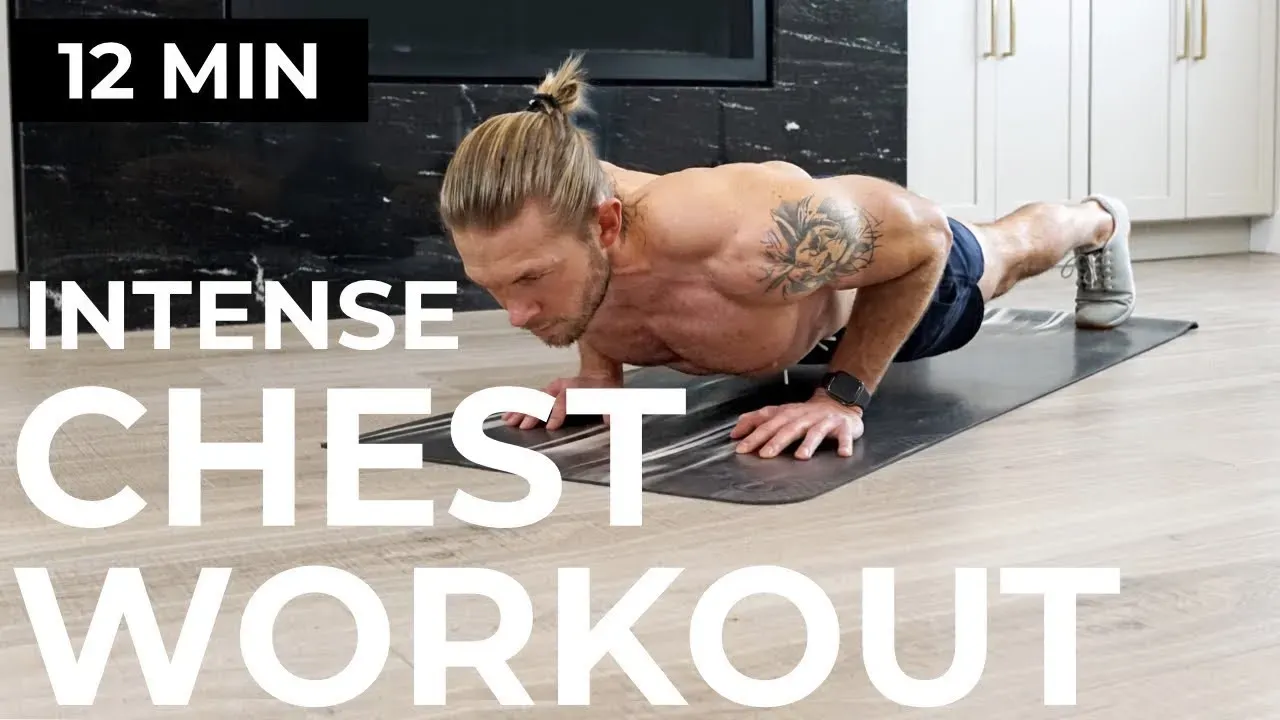Table of Contents
Tired of crowded gyms and expensive memberships? Think you can't build a powerful chest without heavy barbells and fancy machines? Think again. Getting an insane chest workout at home is not only possible, but it can be incredibly effective if you know what you're doing. Forget the flimsy resistance bands and the "light pump" workouts. We're talking about pushing your pectorals to their limit right from your living room floor.
Ready for an Insane Chest Workout at Home? Let's Go.
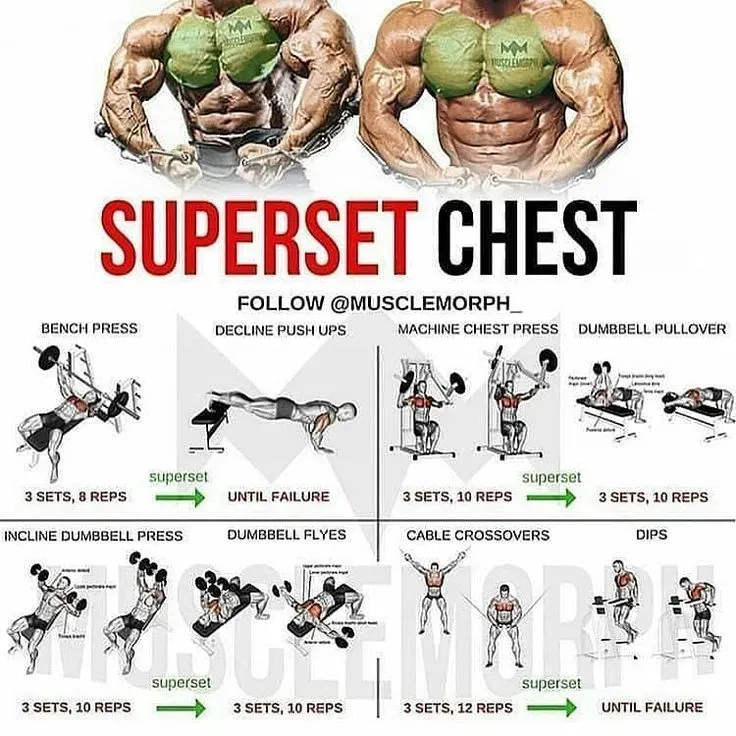
Ready for an Insane Chest Workout at Home? Let's Go.
Ditching the Gym for Serious Gains
let's be real. When you hear "insane chest workout," you probably picture a guy bench pressing a small car or doing dumbbell flyes with weights that could crush a watermelon. And usually, that happens in a gym, right? Rows of machines, clanking iron, maybe some questionable grunting sounds.
But what if I told you that same level of muscle-shaking intensity, that deep burn, that *insane* pump, is totally achievable without leaving your house? Yep, an insane chest workout at home is not some fitness fantasy. It's about leveraging what you've got – your own bodyweight, maybe a pair of adjustable dumbbells if you're feeling fancy, and a serious dose of determination. It's about making basic movements brutal and finding new ways to challenge those stubborn chest fibers.
Unlocking Your Home Gym's Potential
Look, I get it. Bodyweight push-ups can feel a bit... vanilla after a while. But that's just the starting point. The beauty of calisthenics and smart home training is the endless progression. You can manipulate angles, tempo, leverage, and volume to turn a standard push-up into a chest destroyer. Think about decline push-ups, pseudo planche push-ups, or even just slowing down the eccentric phase until your chest screams.
The goal here isn't just to move your body up and down. It's about creating tension, maximizing time under tension, and hitting those muscle fibers from every conceivable angle. An insane chest workout at home requires creativity and a willingness to push past comfort. It's less about the weight on the bar and more about the effort you put into each rep, making your body feel heavier than any iron plate.
Common Misconceptions About Home Chest Workouts:
- You need heavy weights for growth.
- Bodyweight exercises are only for beginners.
- You can't get a good pump without machines.
- Home workouts are boring and repetitive.
Crafting Your Insane Chest Workout at Home Routine
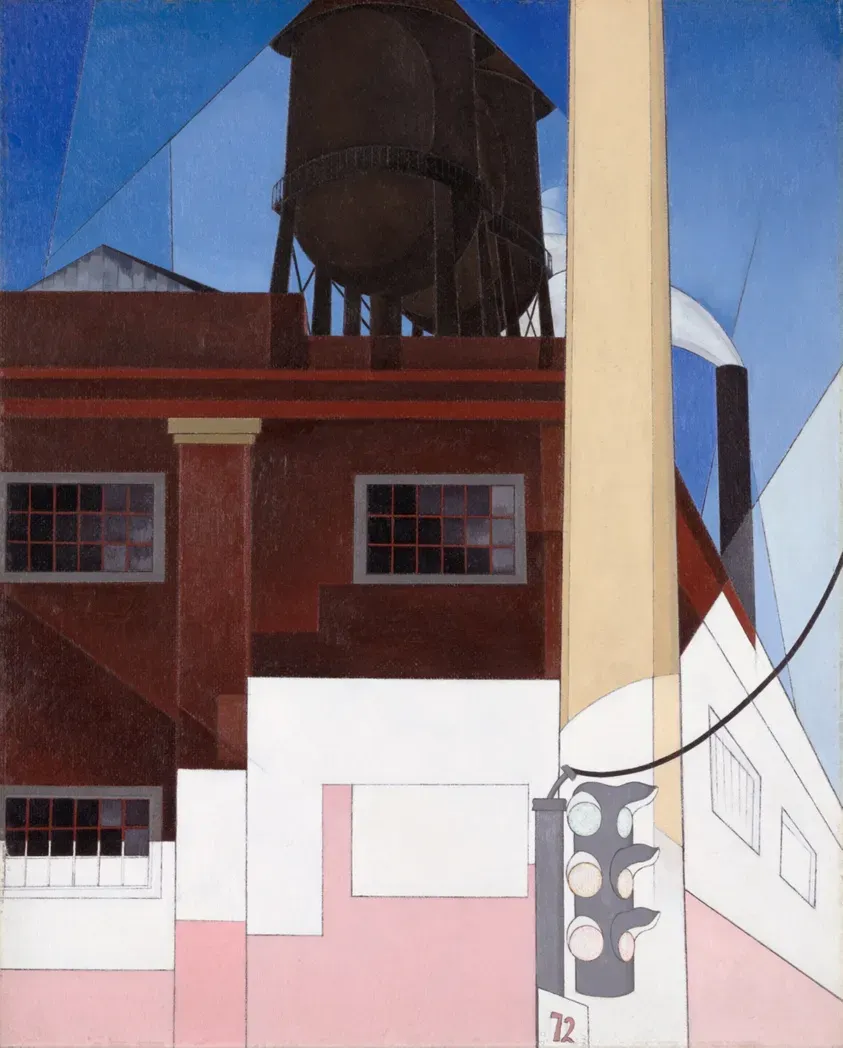
Crafting Your Insane Chest Workout at Home Routine
Starting Strong: Mastering the Foundation
Alright, so you're ready to build that chest without the iron jungle? Excellent. The absolute bedrock of any insane chest workout at home is the push-up. Yeah, yeah, I know what you're thinking – "just push-ups?" But hear me out. A standard push-up, done with perfect form, full range of motion, and explosive intention, is a beast in itself. We're not talking about dropping to your knees after five shaky reps. We're talking about controlling the descent, feeling the stretch at the bottom, and driving up powerfully, squeezing your chest at the top.
Think of it as your baseline strength test. If you can't do 15-20 clean, full-range push-ups, that's your first goal. Don't move on until you own that movement. Once you do, that's when we start messing with the variables to make it truly insane. Angle, tempo, hand placement – these are your new weights. Elevate your feet for a decline push-up to hammer the lower chest. Bring your hands closer together for a triceps and inner chest focus. Slow down the lowering phase to three or four seconds to ramp up time under tension. That plain old push-up just got a serious upgrade.
Hitting Every Angle: Variations are Key
To craft a truly insane chest workout at home, you can't just do the same thing over and over. Your chest isn't one flat muscle; it has fibers running in different directions, and you need to hit them all. That means incorporating variations that target the upper, middle, and lower chest, as well as the inner and outer pec lines. This is where creativity comes in.
Incline push-ups (hands elevated on a sturdy surface like a chair or counter) shift focus to the lower chest. Decline push-ups (feet elevated) smash the upper chest. Pseudo planche push-ups (hands lower, shoulders over hands) are brutal on the outer chest and shoulders. Archer push-ups, where you lean to one side, allow you to overload one pec at a time. Get weird with it! Explore how small changes in hand position or body angle completely change the stimulus.
Essential Home Chest Push-Up Variations:
- Standard Push-up (Hands shoulder-width apart)
- Incline Push-up (Hands on elevated surface)
- Decline Push-up (Feet on elevated surface)
- Close-Grip Push-up (Hands narrower than shoulder-width)
- Wide-Grip Push-up (Hands wider than shoulder-width)
- Archer Push-up (Lean to one side, extending opposite arm)
- Pseudo Planche Push-up (Hands low, fingers pointed back slightly, lean forward)
Structuring for Pain (the Good Kind)
you've got your arsenal of exercises. Now, how do you put them together for an insane chest workout at home? Structure is everything. Forget just doing three sets of ten of everything. We need to think about volume, intensity, and fatigue management. A common approach is to start with a more challenging variation (like decline or pseudo planche), then move to less difficult ones as you fatigue. Aim for a rep range that challenges you within 8-15 reps for most exercises.
Consider using techniques like supersets (pairing two exercises back-to-back with no rest) or rest-pause (doing as many reps as possible, resting briefly, then doing a few more) to increase intensity. Don't just count reps; focus on muscle failure within your target range. If you can easily do 20 reps of a variation, it's time to make it harder or move to a more challenging exercise. Track your progress – aim to do more reps, sets, or a harder variation each week. Consistency and progressive overload are non-negotiable for growth.
Structuring Your Insane Chest Workout at Home for Maximum Impact
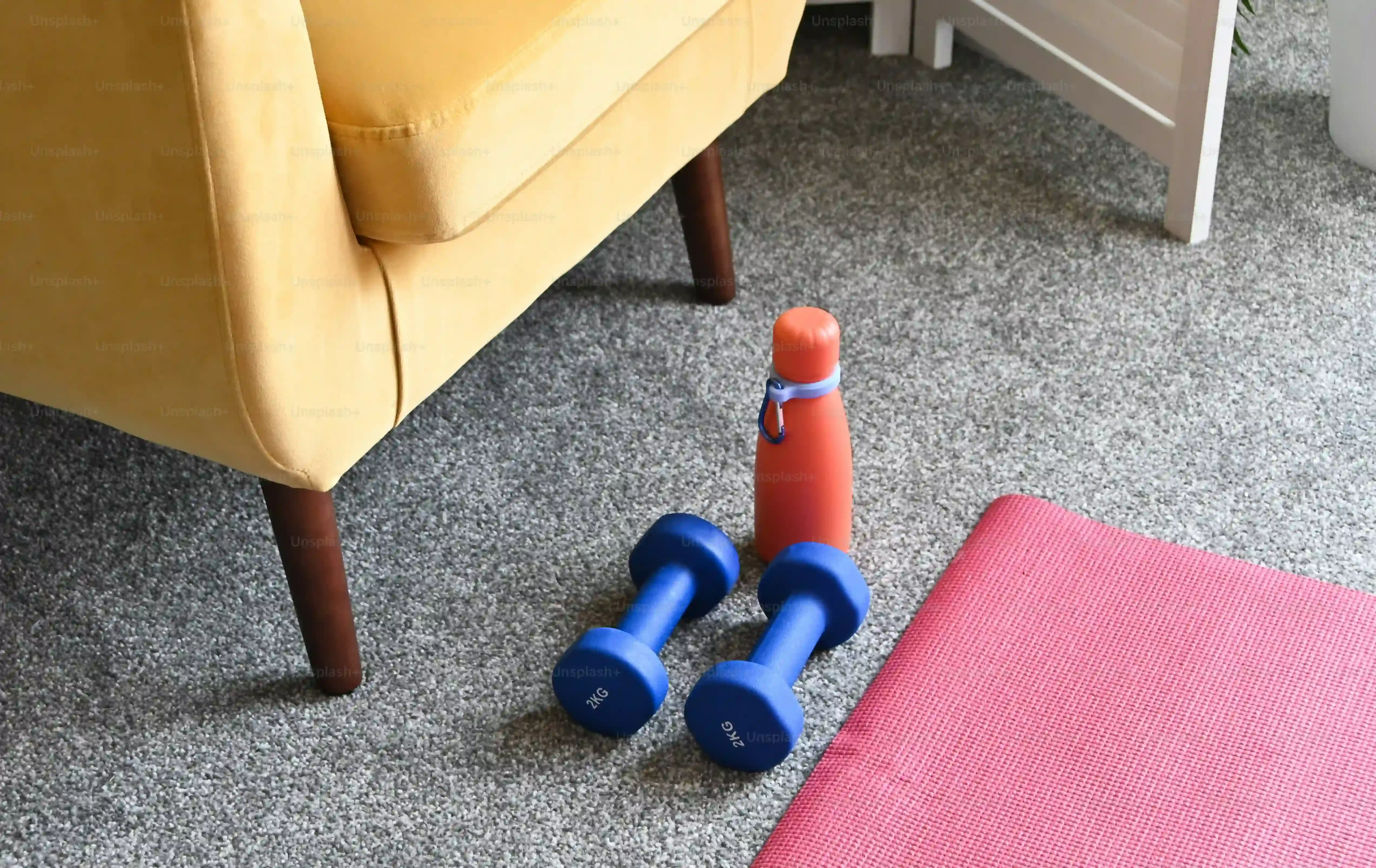
Structuring Your Insane Chest Workout at Home for Maximum Impact
Warming Up Right: Getting the Blood Flowing
Alright, so you've got your killer variations picked out for your insane chest workout at home. But don't just drop and start repping out decline push-ups cold. That's a surefire way to pull something and sideline yourself. A proper warm-up is non-negotiable. Think of it as prepping your engine before hitting the gas.
Start with some light cardio to get your heart rate up – jumping jacks, high knees, whatever gets you moving for 5-7 minutes. Then, move into dynamic stretching focusing on your shoulders, chest, and triceps. Arm circles, shoulder rotations, chest openers against a wall – these help improve mobility and get blood into the muscles you're about to hammer. Finish with a couple of light sets of your first exercise to prime the movement pattern. This isn't about fatigue; it's about getting ready to perform.
Exercise Order and Flow: Building Intensity Smartly
How you order your exercises in your insane chest workout at home makes a big difference. You generally want to put your most challenging exercises, the ones that require the most strength and stability, at the beginning when you're freshest. For many, that means variations like decline push-ups, pseudo planche push-ups, or maybe single-arm variations if you're advanced.
As you fatigue, move to less demanding variations or exercises that isolate the chest more, if you have equipment like resistance bands or dumbbells. The idea is to maintain intensity and target different parts of the muscle as your overall strength wanes. Don't just randomly pick exercises; think about how they flow and how you can progressively overload different angles of your chest throughout the session.
Example Workout Flow Principle:
- Start with a challenging compound movement (e.g., Decline Push-ups).
- Move to another compound variation hitting a different angle (e.g., Incline Push-ups).
- Incorporate a movement that targets the inner or outer chest (e.g., Close-Grip Push-ups or Archer Push-ups).
- Finish with a high-volume or intensity technique on a less demanding variation (e.g., Standard Push-ups to failure, followed by partials).
Sets, Reps, and Rest: Dialing in the Stimulus
Now for the numbers. For hypertrophy (muscle growth), a common rep range is 8-15 reps per set, pushing close to failure within that range. The number of sets per exercise can vary, but 3-4 working sets is a good starting point for most. Rest periods are crucial too. For an insane chest workout at home focused on muscle building, resting 60-90 seconds between sets allows you to recover enough to maintain intensity on the next set, but not so long that you cool down.
Listen to your body, but don't be afraid to push it. If you can easily bang out 15 perfect reps, it's time to increase the difficulty – elevate your feet higher, slow down the tempo, or try a harder variation. Progressive overload is key. Write down what you did today and try to do slightly better next time, whether that's one more rep, one more set, or a slightly harder exercise. That consistent effort over time is what builds an insane chest at home.
Beyond the Basics: Upping the Intensity at Home

Beyond the Basics: Upping the Intensity at Home
Making Bodyweight Feel Heavy: Leverage and Tempo
Alright, you've crushed the foundational push-ups and explored the variations. Standard sets and reps feel a little... easy now? It's time to get creative and really make your bodyweight feel like a loaded barbell. This is where the magic happens in an insane chest workout at home. One powerful tool is manipulating leverage. Moving your hands lower towards your hips in a pseudo planche push-up shifts more weight onto your chest and shoulders, instantly making it harder than a regular push-up. Elevating your feet higher for decline push-ups increases the load on your upper chest significantly. Small adjustments make a massive difference.
Another game-changer is tempo. Most people just bounce through reps. Slowing down the eccentric (lowering) phase to three, four, or even five seconds increases time under tension dramatically. That prolonged stretch under load forces your muscle fibers to work harder and signals them to grow. Pause at the bottom, just above the floor, for a second or two to eliminate momentum. Pause at the top and squeeze your chest as hard as possible. These aren't just fancy tricks; they are proven methods to increase intensity and muscle activation without adding a single pound.
Ways to Increase Bodyweight Intensity:
- Increase leverage (e.g., Pseudo Planche lean).
- Elevate feet higher for decline variations.
- Slow down the eccentric (lowering) phase.
- Pause at the bottom of the movement.
- Pause at the top and squeeze the muscle.
- Incorporate unilateral (single-side) work like Archer push-ups.
- Try advanced progressions like one-arm push-ups (with assistance if needed).
Adding Resistance: Bands and Household Items
While bodyweight is king for an insane chest workout at home, adding some external resistance can take things to another level. Resistance bands are your best friend here. Looping a band around your back and holding the ends in your hands during push-ups provides escalating resistance as you push up, mimicking the feel of cables or machines. You can use different strength bands to scale the difficulty. Bands are portable, affordable, and incredibly versatile for adding tension to pressing and fly movements.
Don't underestimate household items either. Backpacks loaded with books or weights can add external load to push-ups or be held during floor presses if you have dumbbells. Chairs or sturdy boxes are essential for elevated push-ups. Get creative with your environment. The goal is to make the muscle work against increasing resistance, whether that's your own bodyweight manipulated, bands, or whatever else you can safely incorporate. An insane chest workout at home is limited only by your imagination and willingness to push.
Sustaining Your Insane Chest Workout at Home Progress
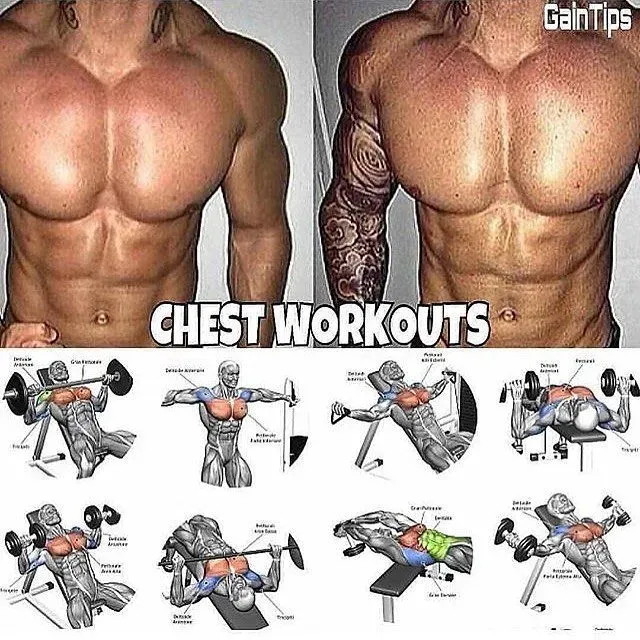
Sustaining Your Insane Chest Workout at Home Progress
Sustaining Your Insane Chest Workout at Home Progress
so you've dialed in your routine, you're hitting those variations, and you're feeling the burn. But the real test, the thing that separates the folks who get results from the ones who just spin their wheels, is consistency and smart progression. You can't just do the same insane chest workout at home week after week and expect to keep growing. Your body is annoyingly good at adapting. Once 15 reps of decline push-ups become easy, you have to make it harder. That means adding reps, adding sets, decreasing rest time, or, ideally, moving to a more difficult variation. It’s a constant dance of challenging yourself just enough to force adaptation without completely crushing yourself into the ground. Pay attention to how your body feels; pushing through pain is dumb, but pushing through discomfort is where growth happens.
Keys to Continuous Progress:
- Track your workouts: Know exactly what you did last time.
- Aim for small improvements each session (one more rep, a slightly longer pause).
- Introduce harder variations gradually.
- Periodize your training (vary intensity/volume over time).
- Listen to your body and prioritize recovery.
Your Home Gym, Your Powerhouse Chest
So, there you have it. An insane chest workout at home isn't some mythical creature; it's a tangible goal achievable with smart planning and consistent effort. You don't need a gym membership to build strength and size in your chest. By focusing on proper form, manipulating tempo, and strategically increasing intensity, you can challenge your muscles effectively using little to no equipment. It might not always look like what you see on social media, but the results speak for themselves. Stick to the principles, push your limits safely, and watch your chest respond.
